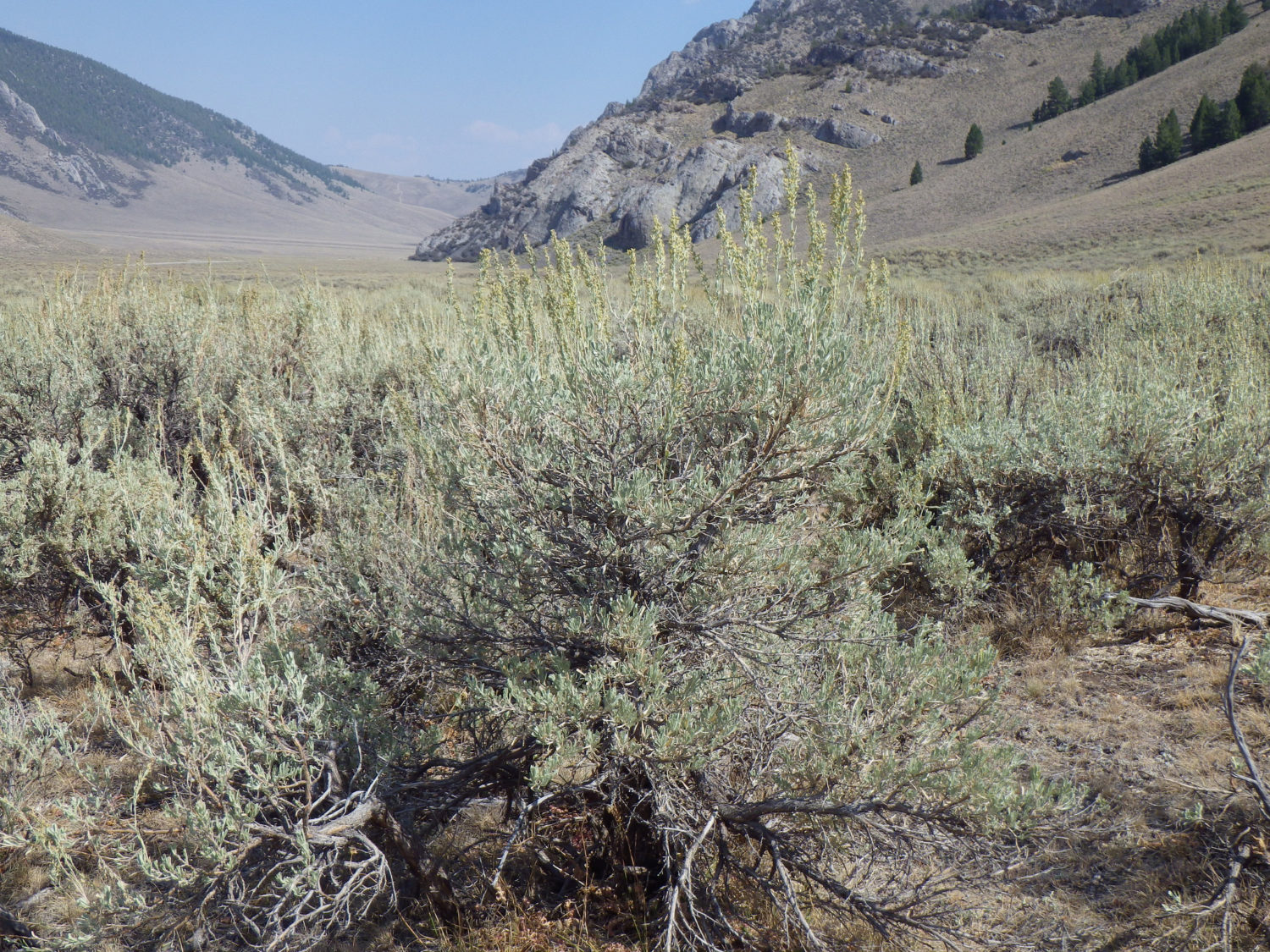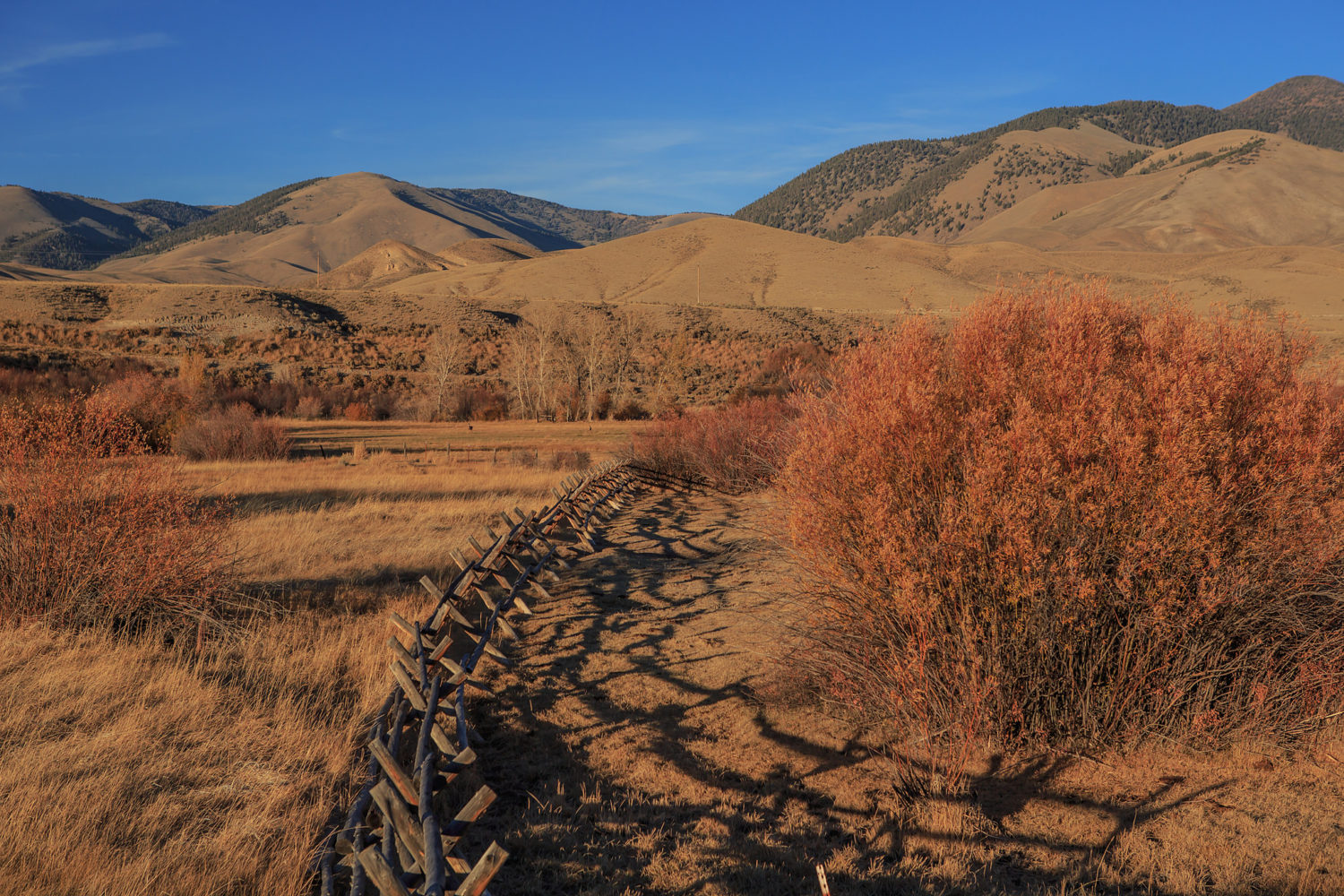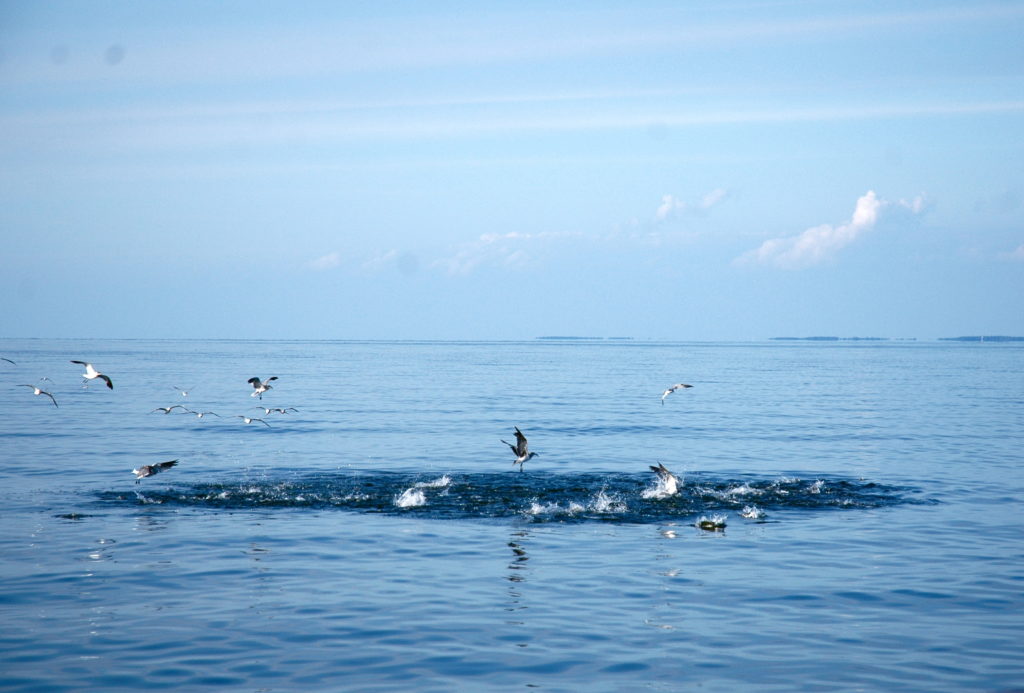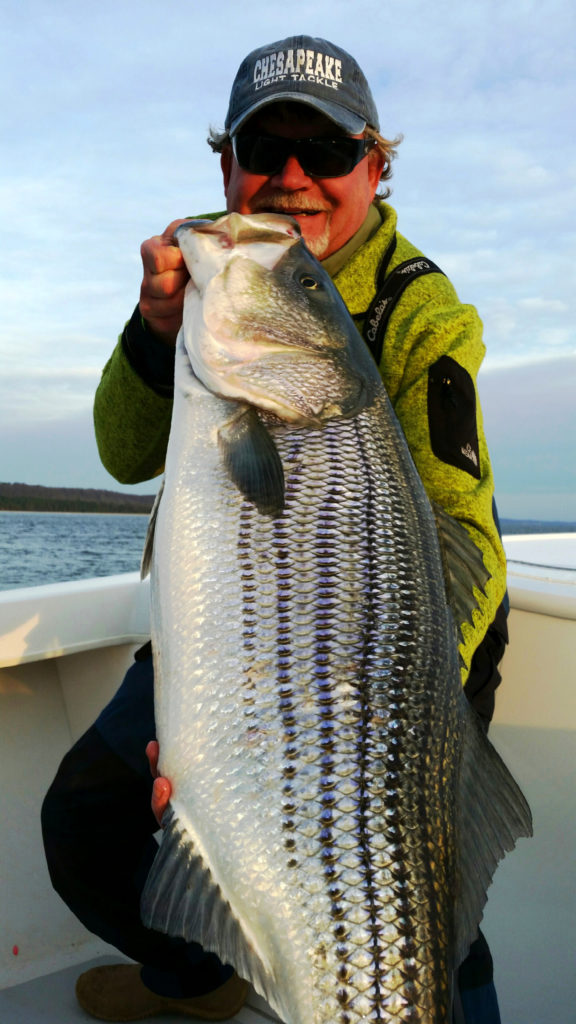Proper management and vast swaths of Forest Service and BLM public lands have led to an embarrassment of wildlife riches—a good problem to have—and their future will be shaped by the public
My buddy Jim Hardy and I call it the “Heart Hole.” It is a patch of timber, shaped roughly like a Valentine’s Day heart, which rests near the spine of the Rockies that separates Idaho and Montana. Inside miles of prime elk and deer habitat managed by the Salmon-Challis National Forest and the Bureau of Land Management’s Lemhi Field Office, the Heart Hole is overlooked by most hunters because the nearby drainages shine more brightly.
Learning the pattern of its elk, Hardy and I hunted in and around Heart Hole for the better part of 15 days last November. Toting traditional muzzleloaders, we participated in one of Idaho’s most sought after controlled hunts. Here, hunters choose to challenge themselves with a short-range weapon—thus limiting their success—in exchange for upholding management goals. The hunt’s 50 tags are spread over several hundred square miles, offering a near-pristine hunting opportunity where mature bulls are common and people are not.
Just the way we like it.

I think of Heart Hole on this quiet morning because the deadline to apply for one of Idaho’s premier elk, deer, and pronghorn tags is near, and my study of potential hunting areas is in full bloom. Normally, Heart Hole tops my wish list, but this year there is an embarrassment of elk in eastern and central Idaho and a new hunt piques my interest. It is in a different part of the High Divide and likely to be overlooked by hunters in the first year it’s offered.
My study of the regulations prompts a dilemma: Should I try for the Heart Hole hunt and benefit from last year’s knowledge, or should I take the better drawing odds and hunt in an area that is lousy with elk?
It is a vexing question, but a good problem to have. Most would be happy to have either of these choices, and I get to pick from both.
The Heart Hole hunt is 30 days; the other is 14. If I pick one, I’d know where the elk go to hide when pressured, and if I pick the other, I may run into the largest bull I’ve ever seen. The drawing odds are one in five for Hearts Hole and probably 50-50 in the new hunt, but it’s impossible to say.

Choices, questions, and theories bob about as I consider each hunt. Study of the maps, however, shows one commonality: Both areas are found on the largest and most remote swaths of BLM ground in eastern Idaho.
Both units are found along Idaho’s High Divide, which encompasses more than three million acres of BLM land, including the Sand Creek desert, the Donkey Hills, and the sagebrush benches over the Salmon River. These BLM public lands buffer five mountain ranges and make up critical seasonal ranges and migration routes for the region’s nine game species, all important to hunters.
BLM #publiclands in Idaho offer a good problem to have—but their future depends on public input Share on XThe management plans that help guide BLM in all of its decisions are decades old and in need of revision to ensure that the future of these unique landscapes is managed with the best science and public input. Revisions to the BLM Upper Snake plan should commence within a year. Planning for the Lemhi and Challis field offices will begin shortly after.
It is important for hunters and anglers to get involved in this public process and call for conservation of intact and undeveloped backcountry areas that are prized for hunting and wildlife habitat. I’d sure like to find myself in this conundrum year after year.
In the end, I pick Heart Hole because I know the pulse of the area, and I like having 30 days to hunt. I am a lucky man to be living in a time when public lands and proper hunting management offer so much.
For more information on the TRCP’s High Divide work, please reach out to Rob Thornberry, TRCP’s Idaho field representative, by emailing rthornberry@trcp.org.







Thanks for this story . My father had property up Hayden Creek near Lemhi. Happy hunting.
Let me know if there are any issues I should write the BLM about. We want to save our public lands.
…public lands must remain public…no parceling them off to big oil, big coal, mining and logging and big ag. trump and zinke must be stopped